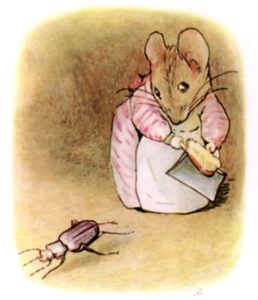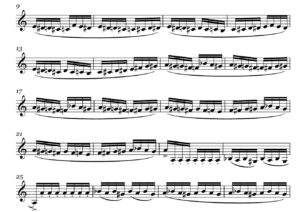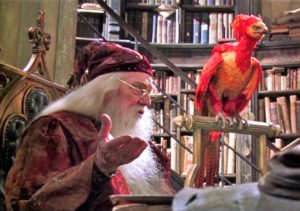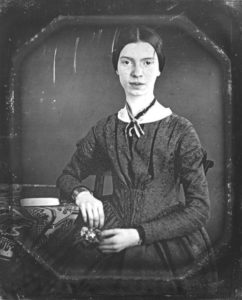What is Street Creatures? This is the game I run on Twitter every Friday. I’ve
collected all the past quizzes here in one place so you can either relive them, or play
them for the first time.
How does it work? Provided are four, seemingly unrelated clues, that are all
connected by a wild organism that can be found in a city. Look at the four clues,
do some research, and when you think you’ve figured it out, click on ‘Answer’
to reveal what connects the clues, and how they are connected.
Follow me on Twitter to play #StreetCreatures live every Friday at 9am PST.
Bumble Bee (Bombus)
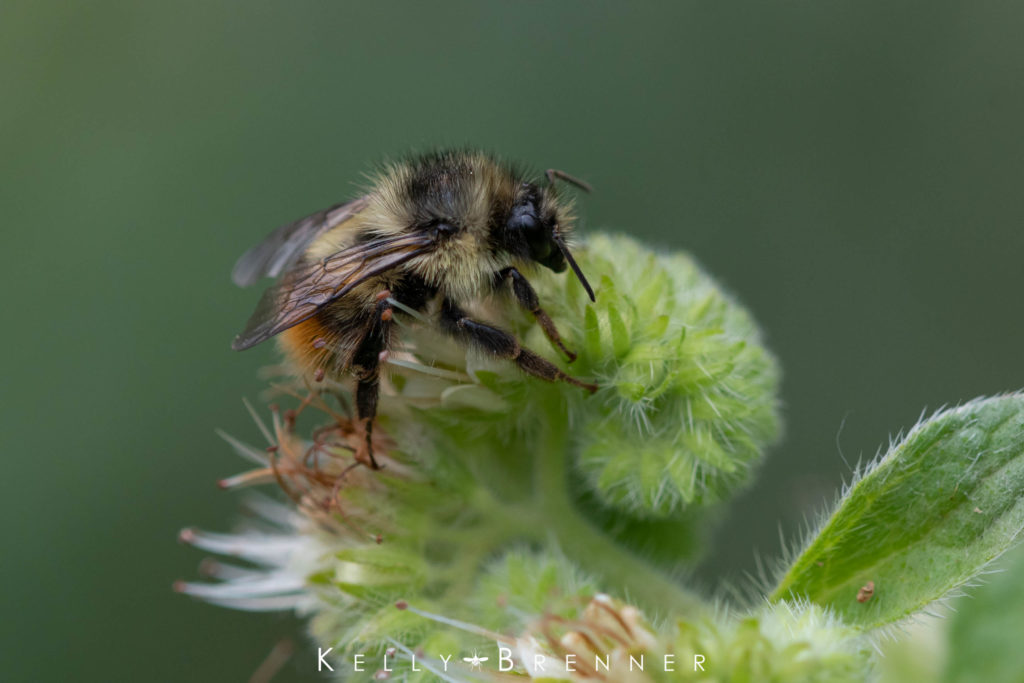
The Tale of Mrs. Tittlemouse:
In this story by Beatrix Potter, Mrs. Tittlemouse tries desperately hard to keep her home tidy and clean, but faces a series of unwelcome guests, including Babbitty Bumble, a bumble bee who has moved in with several friends.
Flight of the Bumblebee:
This music, written by Nikolai Rimsky-Korsakov for his opera The Tale of Tsar Saltan, evokes the frantic flight of a bumble bee, actually the prince in the story, who has been transformed into the insect.
Dumbledore:
Dumbledore, or dumbledor, is an Old English word for bumble bee. The Harry Potter character’s name is not a coincidence though. @jk_rowling has reportedly said she liked to think of him wandering around Hogwarts humming like a bee.
Emily Dickinson:
While she wrote several poems containing bees, one rather obscure poem in particular featured bumble bees. It was written as a parody of Isaac Watts’s ‘How Doth the Little Busy Bee’ poem. But there’s more to this story…
Dickinson wrote it in a letter to her nephew’s teacher after he was chastised for saying he had a white calf living at home. His mother “pleaded for the value of the imagination” and Emily included a dead bee along with her poem, “The Bumble Bee’s Religion”.
“His little Hearse like Figure Unto itself a Dirge To a delusive Lilac The vanity divulge Of Industry and Morals And every righteous thing For the divine Perdition Of Idleness and Spring—”

